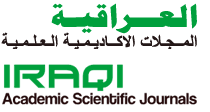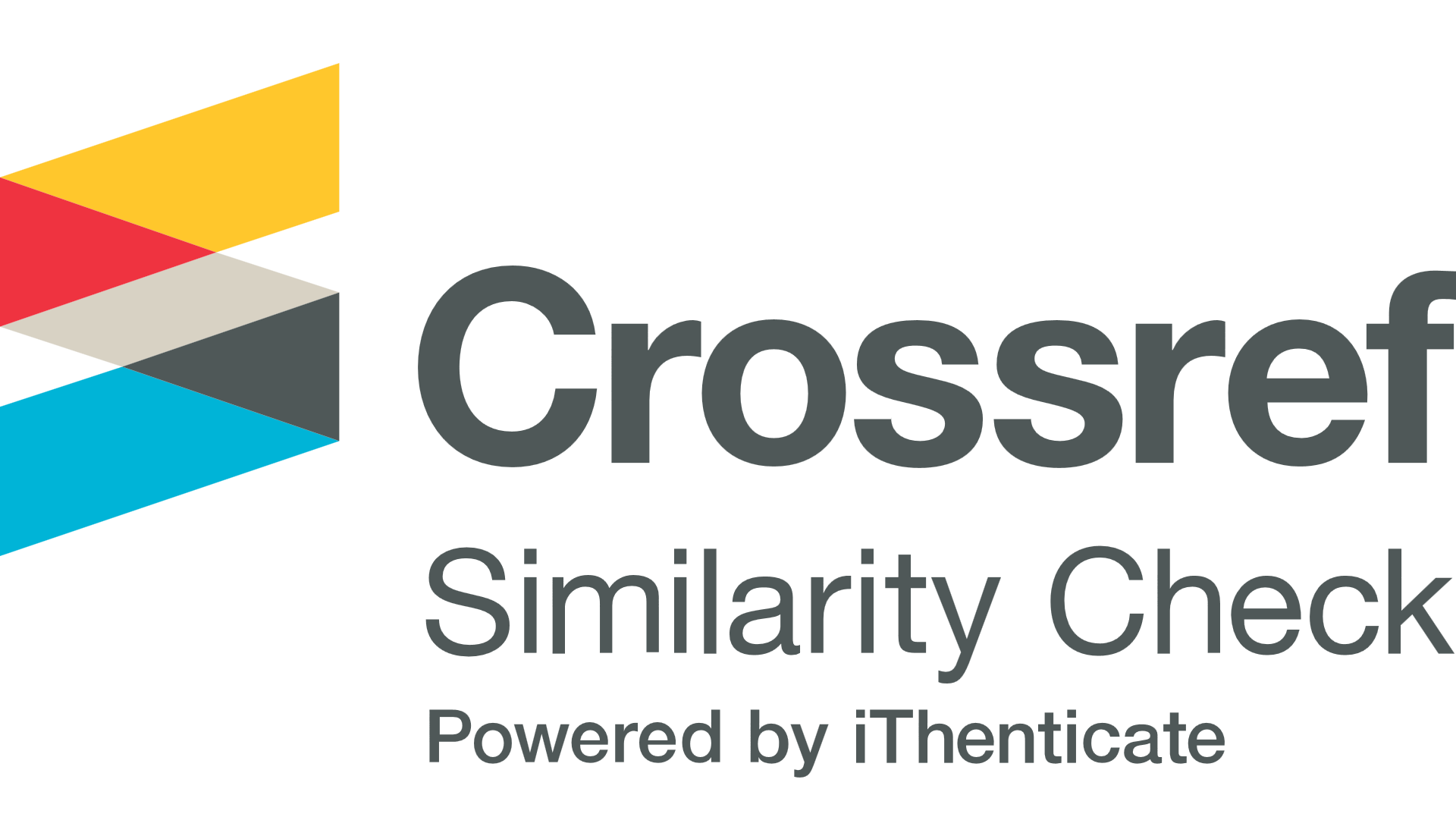Isolate and Identification of Pseudomonas Aeruginosa Isolates From Some Ruminants (Cow, Sheep and Goat) From Different Regions of Babylon
Abstract
Despite being an environmental organism, P. aeruginosa is occasionally discovered in the feces, mucous membranes, and skin of certain healthy animals (wild, companion, or agricultural animals). Numerous toxins and enzymes produced by P. aeruginosa encourage tissue invasion and injury. Antimicrobial agent resistance was demonstrated by P. aeruginosa. It has a big impact on both human and animal medicine. The present study aimed to isolate and identification of P. aeruginosa isolates from some ruminants (cow, sheep and goat) from different regions of Babylon, Iraq, using the Vitek system. Swabs were taken from the rumen of cows, sheep, and goats and were transferred directly to the laboratory for the purpose of culturing. The swabs were cultured on blood, and cetrimide agars and incubated for 24 hours at a temperature of 37C. 21 (18.3%) of the total samples showed positive results for P. aeruginosa growth when cultured on the most optimal culture media. 94(81.0%) of total samples appeared as negative results for bacterial growth. It is noted that sheep showed the highest percentage of positive isolation, reaching 11 (9.6%) out of a total of 115 isolates, while goats had the lowest percentage of isolation, reaching 3 (2.6%). The genus's bacterial isolates were identified based on microscopic traits such as Gram stain reactivity. Furthermore, isolates and genera were identified using colony attributes such as color, texture, metallic shine, and pigment production. It is concluded from the current study that there is contamination and infection of ruminants with P. aeruginosa, which was isolated from their rumen and is pathogenic to humans.





